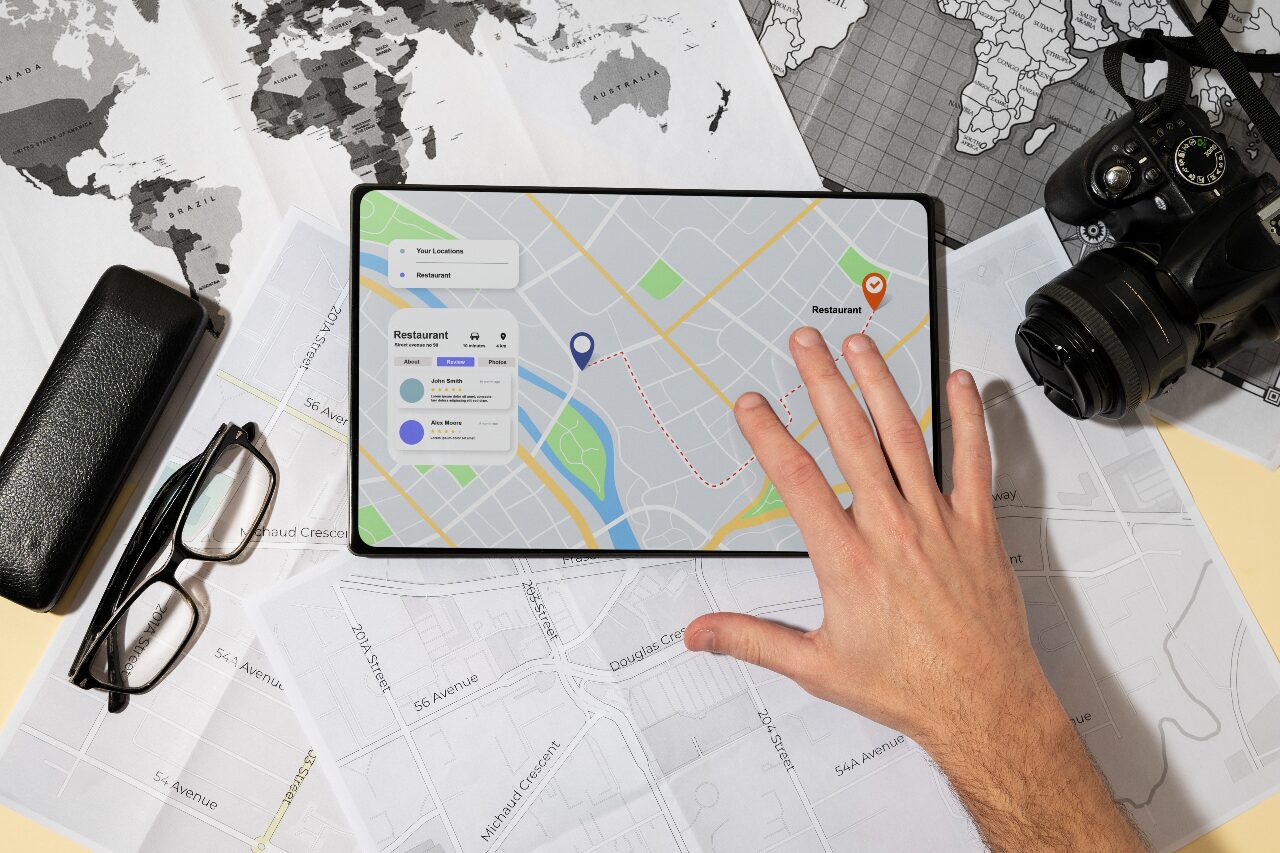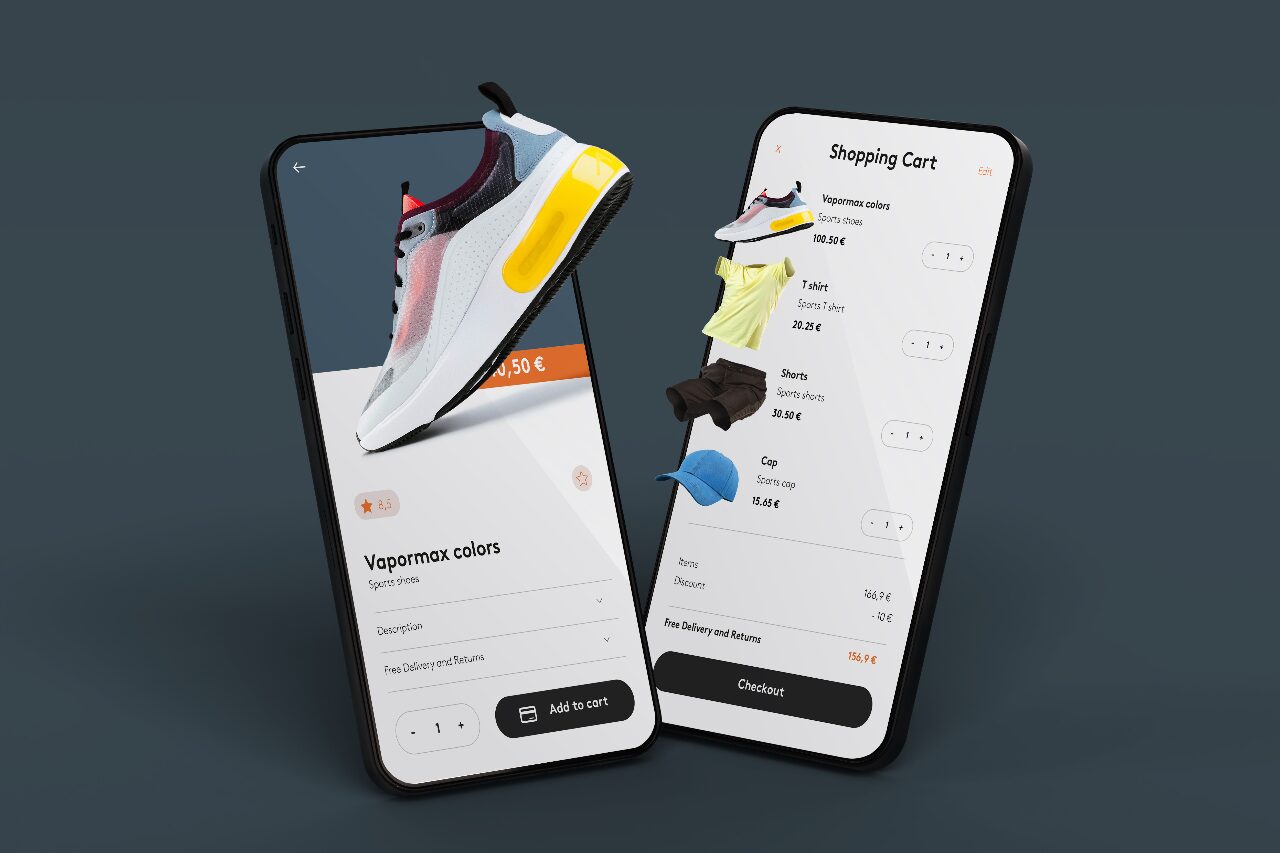Choosing the best web design software is a crucial decision for designers, developers, businesses, and students pursuing a web design major. Whether you’re building a personal blog, launching a brand website in web design NYC, or managing client projects globally, your tools shape the outcome. With dozens of platforms and features like web design AI, UI/UX tools, and web design wireframe options, it can feel overwhelming.
This guide will walk you through top web design software, what makes them powerful, how they compare, and how they align with web design guidelines and business or academic goals.
Understanding the Basics of Web Design
What Is Web Design?
Web design refers to the process of creating websites, including layout, content production, and graphic design. It involves both aesthetics and functionality.
Web Design vs Web Development
People often confuse web design with web development. Web design focuses on the site’s look and feel—colors, typography, layout—while web development deals with building the actual structure using code.
Web Design vs Graphic Design
Web design vs graphic design is another common comparison. Graphic design is broader and often applies to print media and branding. Web design, however, is dynamic and interactive, requiring knowledge of user experience and responsiveness.
Types of Web Design Software
There are several types of tools available:
- Visual website builders (e.g., Wix, Webflow)
- Code-based editors (e.g., VS Code, Sublime Text)
- UI/UX and prototyping tools (e.g., Figma, Adobe XD)
- Content Management Systems (e.g., WordPress, Joomla)
Let’s explore the top contenders in each category.
Top Web Design Software in 2025
1. Figma – Best for UI/UX Design
Why it’s great:
- Real-time collaboration
- Ideal for web design ui ux workflows
- Easy prototyping and feedback loop
Use it if:
You’re focused on team-based UI design and web design wireframe development.
2. Webflow – Best for Visual Web Design and Development
Why it’s great:
- No-code/low-code builder
- Clean HTML, CSS, and JavaScript output
- SEO-friendly
Use it if:
You’re a designer who wants to build real websites without writing code. Especially popular in web design NYC agencies.
3. Adobe XD – Best for Wireframing and Prototyping
Why it’s great:
- Comprehensive prototyping
- Integrates with Adobe suite
- Good for web design guidelines testing
Use it if:
You are working on high-fidelity UI/UX prototypes or need consistency in branding.
4. WordPress – Best for CMS-Driven Sites
Why it’s great:
- Powering over 43% of the web
- Massive plugin ecosystem
- Perfect for blogs and content-driven sites
Use it if:
You’re managing content-heavy sites or want a CMS that’s SEO-ready.
5. Wix & Squarespace – Best for Beginners
Why it’s great:
- Drag-and-drop interfaces
- Built-in templates
- No coding required
Use it if:
You’re a freelancer or small business owner starting with no web design background.
Web Design Software for Developers
For those inclined toward code:
- Visual Studio Code
- Sublime Text
- Atom
These tools provide flexibility, plugin ecosystems, and control. They are popular among developers who distinguish themselves from traditional web design majors.
Comparing Features: Which One Is Best for You?
| Tool | Best For | Code Required? | UI/UX Focus | Wireframes | AI Features |
|---|---|---|---|---|---|
| Figma | UI/UX design | No | ✅ | ✅ | ❌ |
| Webflow | Visual development | No/Low | ✅ | ✅ | Limited |
| Adobe XD | Wireframes | No | ✅ | ✅ | ❌ |
| WordPress | CMS/blogging | Optional | ❌ | ❌ | ❌ |
| VS Code | Code-heavy sites | Yes | ❌ | ❌ | ✅ (via extensions) |
| Wix | Beginners | No | ✅ | ❌ | ✅ |
The Role of AI in Modern Web Design
Web design AI is transforming how websites are built. Tools like Wix ADI (Artificial Design Intelligence), Durable, and 10Web use AI to:
- Automatically generate layouts
- Suggest typography and color schemes
- Build wireframes from text prompts
AI can drastically reduce design time, though creativity and UX logic still require human input.
Essential Web Design Resources
If you’re just getting started or want to sharpen your skills, consider:
- Online Courses: Coursera, Udemy (Ideal for aspiring web design majors)
- Books: “Don’t Make Me Think” by Steve Krug
- Websites: Awwwards, Dribbble, Behance
- Frameworks: Bootstrap, Tailwind CSS
These web design resources help you stay updated with industry trends and design principles.
Questions to Ask Before Starting a Project
A good web design questionnaire sets the foundation. Ask:
- What’s the main purpose of the site?
- Who is the target audience?
- What features are essential?
- Do you have brand guidelines?
- What websites do you admire?
Use this questionnaire with clients or stakeholders to define project scope and success.
Web Design Quotes and Pricing Tools
Clients often ask for web design quotes upfront. Software like Bonsai, AND.CO, or HoneyBook helps generate estimates and proposals. Consider:
- Complexity of design
- Number of pages
- SEO or eCommerce features
- Custom functionality
Transparent quoting helps avoid confusion and sets expectations early.
Web Design Guidelines for 2025
Follow these web design guidelines to ensure your sites are effective and compliant:
- Accessibility (WCAG 2.1)
- Mobile-first design
- SEO optimization
- Fast loading speeds
- Clear navigation
- Consistent branding
User-centric design improves engagement, retention, and conversion rates.
Web Design in NYC and Global Markets
Web design NYC reflects a high standard due to competition and client expectations. Agencies often combine:
- Pixel-perfect design
- Performance optimization
- Niche branding
In contrast, rural or offshore markets may emphasize budget and speed over customization. Understanding local demands is vital when scaling web design services.
Educational Paths: The Web Design Major
A web design major provides structured learning on:
- Graphic design principles
- Coding (HTML/CSS/JavaScript)
- UI/UX theory
- Project-based learning
Universities and online programs offer web design programs from diplomas to full degrees.
Legal and Industry Classification
The web design NAICS code (North American Industry Classification System) is 541511 for “Custom Computer Programming Services” or 541512 for “Computer Systems Design Services.” Knowing this is important for:
- Business registration
- Government contracts
- Tax documentation
From Wireframes to Deployment
Web design wireframe tools like Balsamiq, Figma, or Whimsical help map out site structure early. Wireframes reduce errors by allowing testing and feedback before development.
The design process typically follows:
- Questionnaire
- Wireframe
- UI/UX design
- Development
- Testing
- Deployment
Which Web Design Software Is Right for You?
Ask Yourself:
- Do I want full design control or speed?
- Am I working alone or in a team?
- Is this a personal site, business project, or client work?
- Will the site need CMS or blogging features?
The Best Web Design Software Depends on Your Needs
There’s no single best tool for everyone. Here’s a quick summary:
- Figma: For UI/UX collaboration
- Webflow: For designer-led website building
- WordPress: For bloggers and content sites
- Wix: For beginners and small businesses
- VS Code: For full-stack developers
- Adobe XD: For wireframes and visual specs
Whether you’re starting a business, pursuing a web design major, or offering web design NYC services, choosing the right tools backed by strong web design resources and a client-focused web design questionnaire can make or break your success.






